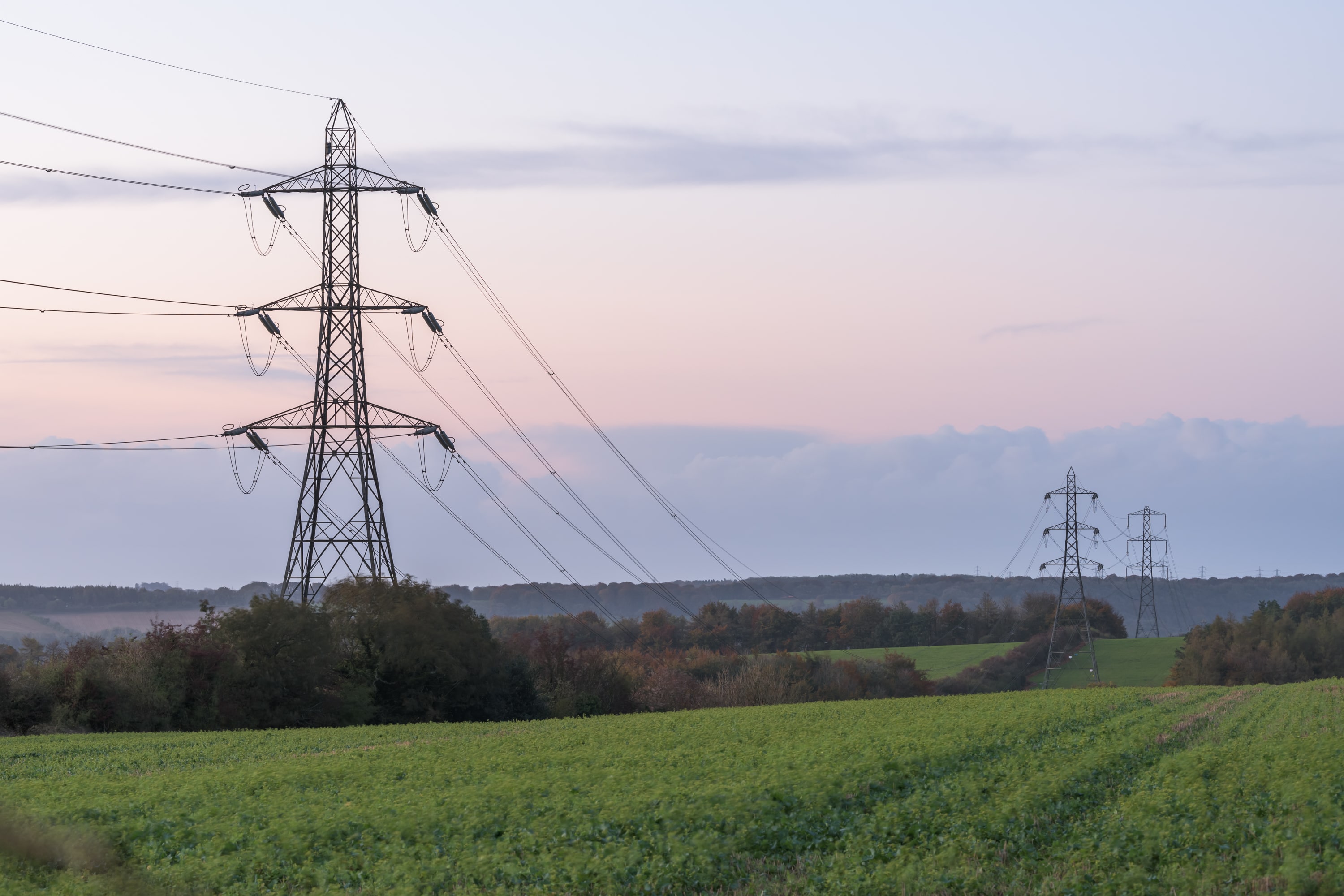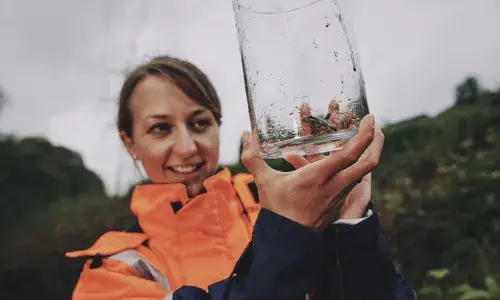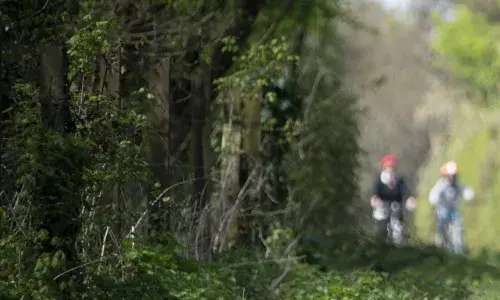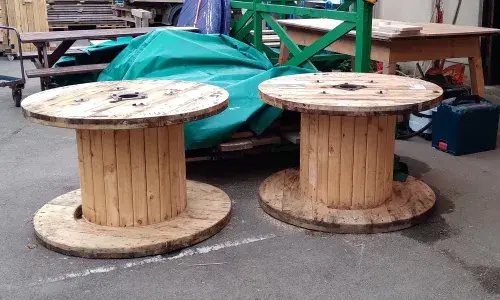
Another year of positive progress towards a sustainable future
I am excited to share highlights from our third Annual Environmental Report, revealing the progress made in our Environmental Action Plan 2021-2026. Our plan sets firm environmental targets for a five-year period, guiding us towards responsible network management.
In the report, we focus on four key areas:
Net Zero Carbon Emissions
Sustainable use of resources
Nature positive initiatives
Leadership for change
Acknowledging there's more work ahead, we remain committed to driving positive change.
This year, we connected 1.35GW of new low carbon generation, including the world’s largest offshore windfarm, Dogger Bank A, to our electricity transmission network. By linking new renewable energy sources, we are accelerating the clean energy transition and reducing harmful emissions. Our operations' emissions have decreased by 17% since FY19 in alignment with science-based targets.
We’re committed to achieving zero waste to landfill across key areas of waste and using circular economy principles to make the most of natural resources and our assets. In FY24, 99.4% of construction waste was diverted from landfill and either recycled or recovered, and 86.5% of waste was recycled. On our London Power Tunnels 2 project to rewire South London via deep underground tunnels, we’re building 30km of cable tunnels stretching from Wimbledon to Crayford. To avoid sending large amounts of soil and stones to landfill, we transported 220,000 tonnes of tunnelling spoil to Pitsea to support habitat restoration.
The material will be used by the RSPB and Veolia to restore the former Pitsea landfill to a grassland habitat and incorporate it into the surrounding nature reserve. Approximately 230,000 tonnes of spoil from the London Power Tunnels 2 project was also sent to Hermitage Quarry as part of its restoration. The imported material is used to fill the void created by the quarrying activities, restoring the former Pitsea landfill to a grassland habitat and incorporate it into the surrounding nature reserve.
We have a major opportunity to deliver a significant contribution to nature’s recovery in the UK and we’ve made continued progress towards enhancing the natural environment.
We’ve increased the environmental value of our non-operational land by 7.9% since FY21, and all of our construction projects that have an impact on the natural environment will deliver environmental net gain by at least 10%, with six of our projects committed to 15% or greater.
We strive to be an environmental leader in the industry. We’re taking proactive steps to drive positive change and lead by example. Our leaders and employees are at the forefront of this.
One of the ways in which we’re leading by example is on our strategy to implementing alternative technologies to SF6, a potent greenhouse gas commonly used in the power industry to provide electrical insulation. Every SF6 technology alternative is at least 100 times better than SF6.
We adopt SF6-free technology as soon as it becomes available in a bid to move away from SF6 as rapidly as possible. All of our new 132kV equipment is now SF6-free and we were among the first transmission utilities to adopt fully SF6-free gas-insulated 400kV switchgear for our Bengeworth Road and Harker substation projects.
In 2024, we updated our policy so that the procurement of virgin SF6, either directly or as a sub-item of a larger project, is no longer acceptable unless reclaimed (recycled) SF6 is unavailable. We are engaging with the external market to reduce reliance on virgin SF6.
Acknowledging there's more work ahead, we remain committed to driving positive change for our society, the communities we serve and our network.


